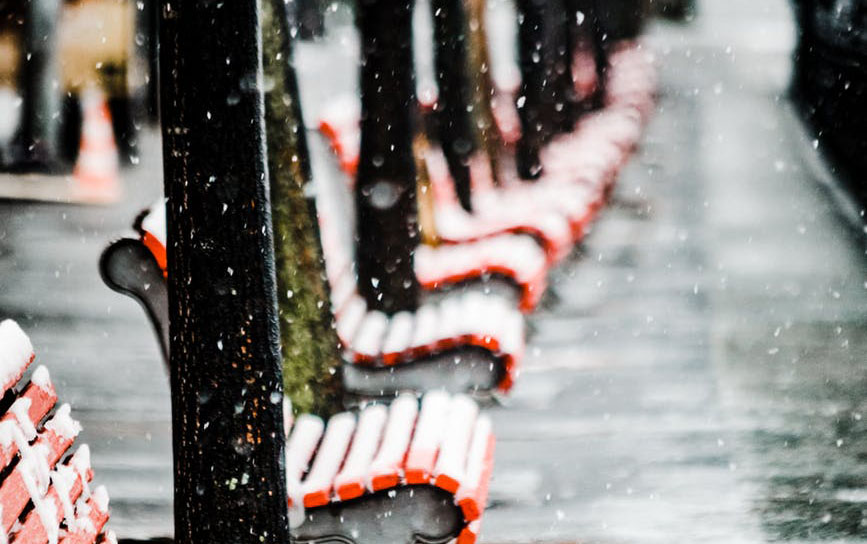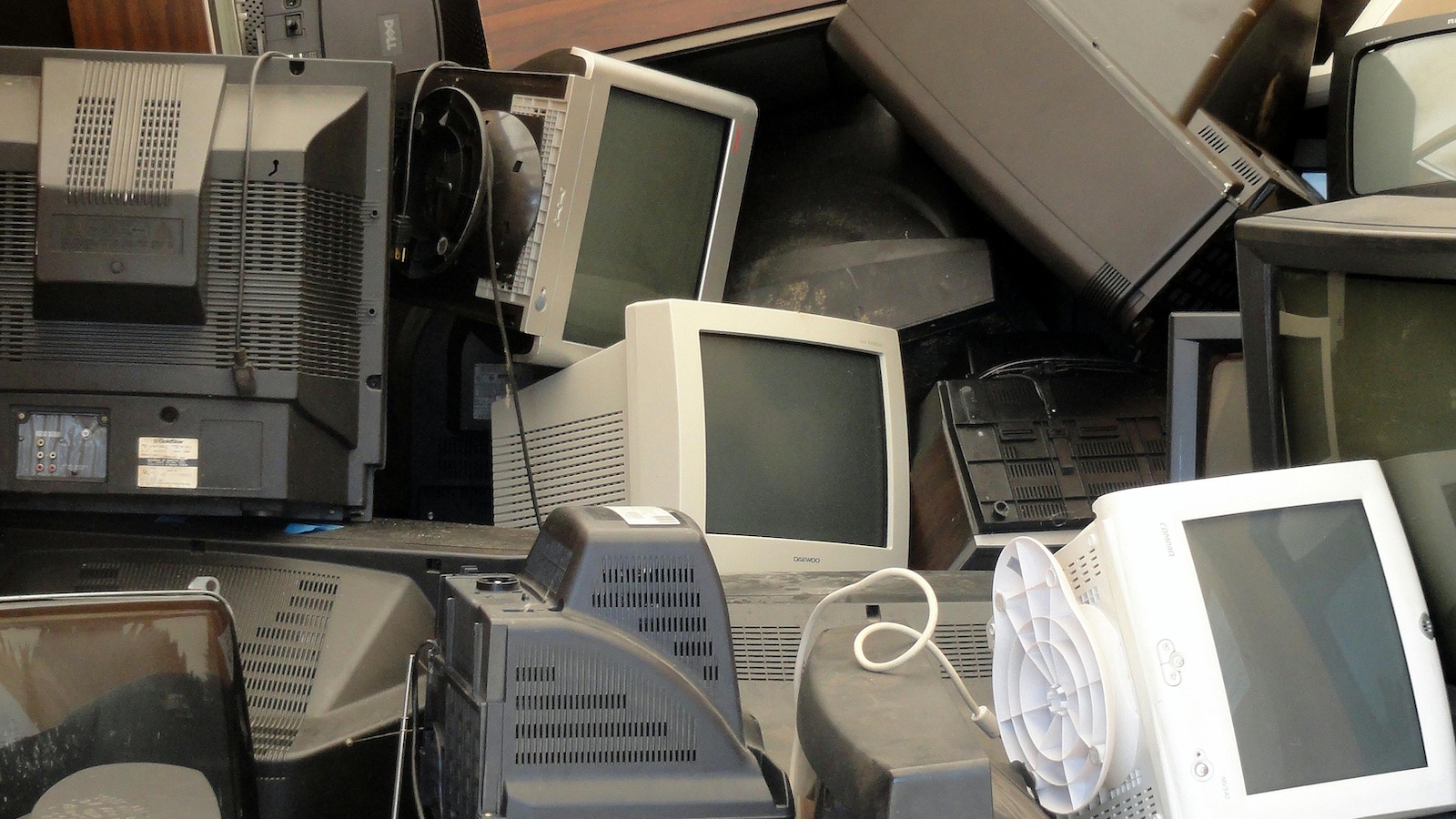Before they ever step foot in a dangerous situation, first responders get a lot of training on how to handle a wide range of potential hazards. But what about second responders?
Adjusters, inspectors and other claims professionals are often the next group to visit the scene of a car accident, fire, flood or other disaster, and the area may contain debris and possibly be dangerous. But the training they get on these and other safety hazards in the field is often far from comprehensive.
Here are four hazards claims adjusters should be on the lookout for and develop ways to avoid:
1. Physical attacks
Adjusters encounter all types of people in the field, many of whom are going through tumultuous times in their lives. When traveling to dangerous areas, claims pros should be accompanied by partners whenever possible. It's essential that workers in the field leave a detailed copy of their day's schedule at the office and call in during preset check-in times. There are also
several apps available to reduce risks when meeting new people and traveling to unfamiliar areas. These apps incorporate features such as GPS, SMS, video, alerts and alarms, all aimed to keep claims pros safe when they are by themselves.
Another way to reduce risk in these situations is to meet claimants in public places when feasible, rather than in the claimants' homes.
2. Falls
Whether from a ladder, roof or icy patch of ground, falls are a common source of injury for adjusters and workers in many fields. In fact, falls from heights and slips, trips and falls are the second and third most
common sources of all workplace injuries. Falls from ladders are one of the most prevalent causes of these injuries, with the majority of these falls being avoidable. Follow the Occupational Safety and Health Commission's
specific guidance on safe ladder use:
- Always inspect the ladder before using it.
- Avoid electrical hazards by not using a metal ladder near power lines or exposed energized electrical equipment whenever possible.
- Always maintain three-point contact (two hands and a foot or two feet and a hand) on the ladder when climbing. Keep your body near the middle of the step and always face the ladder while climbing.
- Do not use the top step/rung of a ladder as a step/rung unless it was designed for that purpose.
If the damage is extensive and complex, it may be helpful to hire an expert (such as a structural engineer). The expert can help with various safety issues, such as the presence of toxic materials while also assisting in evaluating the claim.
See also: Risks of Malpractice Claims (Video)
3. Electrical hazards
Damage to physical property from flooding, fire or other disasters can create electrical hazards — from exposed wiring to standing water near sources of electricity. Before heading out to a site, an adjuster should verify with the local utility company that power to the property has been shut off if a risk of electrical hazards is present. At the site, adjusters should thoroughly inspect the exterior to identify potential hazards. Inside the property, watch for potentially dangerous spots and always wear proper safety gear, such as boots, goggles, gloves and hard hats.
4. Animals
Wild animal hazards — from snake and alligator bites to bee stings and mosquitoes carrying dangerous diseases — pose serious threats to adjusters, especially if an environment has been disrupted by a flood or natural disaster. But while encountering a poisonous snake might be scarier than encountering a dog, adjusters should probably be more concerned by sightings of a Fido, Spot or Rover. A seemingly friendly pet dog might be hostile to a stranger snooping around — and just because the animal was peaceful during an adjuster's first visit doesn't mean the animal will act the same way the next time around.
To reduce the risk of injury, adjusters should ask claimants about pets when they schedule their visits and further ask that any animals be contained during inspections. If adjusters do encounter pets, the Humane Society has
some tips on recognizing when animals might attack. If the adjuster is bitten by an animal, he should seek medical attention immediately. Even if a bite seems minor, the risks range from rabies to deadly venom.
Many of these safety hazards aren't going away any time soon. But technology has already made the job of a field claims adjuster much safer over the years. Cell phones allow adjusters to be in constant contact with the home office and can be the difference between life and death in an emergency situation.
See also: Power of ‘Claims Advocacy’
In many cases, technology is eliminating the need for claims pros to be exposed to the hazards in the first place. After Hurricane Katrina, many firms used GPS to
pinpoint the exact location of properties and damage. As the Institutes Community
covered previously, drones pose a significant opportunity for the claims industry, as well, giving adjusters the ability to inspect dangerous areas from a safe distance.
This is a far-from-comprehensive list of the hazards adjusters face in the field. Others include a risk of cuts (the most common injury after many natural disasters,
including Hurricane Sandy), exposure to dust and the risk of chronic illness from mold and other airborne contaminants.
Whatever the hazards, adjusters should start by being prepared and, above all else, trusting their instincts. If a situation looks unsafe, claims pros should stay away until they can return with the right equipment or with a partner. No claim is worth putting an adjuster in danger.






